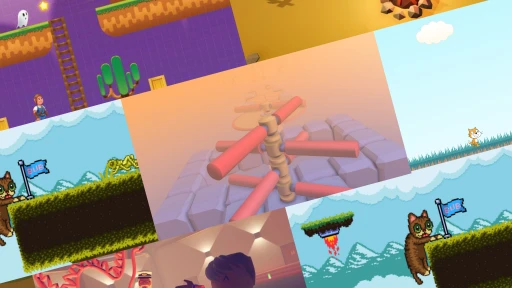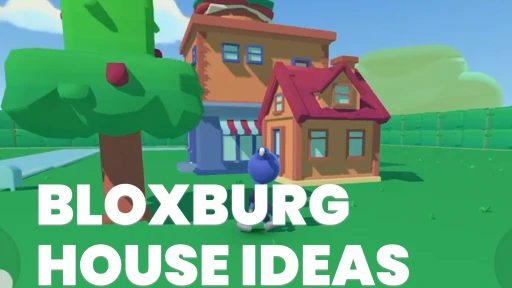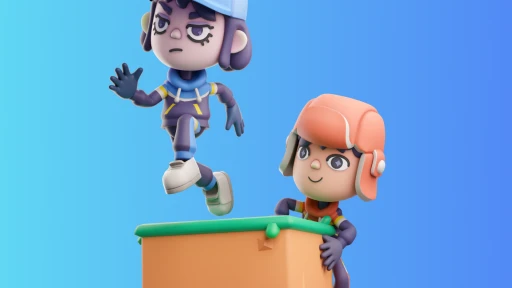4 Best Secrets for Teen Mobile Game Design Mastery! (For More Advanced Teen Developers)
“Being human totally sucks most of the time. Videogames are the only thing that makes life bearable.” - Ready Player One
When it comes to building games, many devs have the cheat code for success. Pun is definitely intended. This can make it hard for the next generation of developers to trek through the terrain and get the right footing.
We felt it was time to discuss some advanced aspects to consider when making a game. As the industry continues to grow exponentially, so do the opportunities for young creatives to showcase their talent.
Here are some of the best secrets we know of for mobile game design. Many young people enjoy one type of game. They haven’t experienced the array of options that many adults have. It may be a good idea to brush up on the following to ensure you have all of your ducks in a row.
1. Mastering the Principles of Mobile Game Design
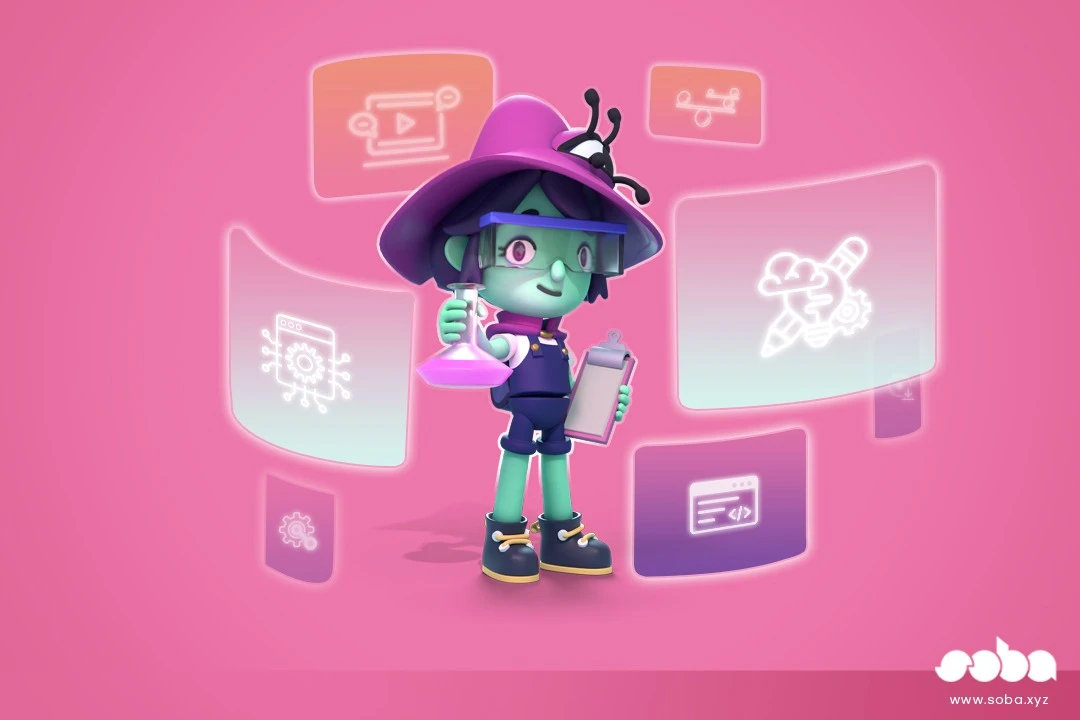
You need a firm grasp of the principles and fundamentals of mobile game design. Master these concepts. They won’t just help you with your current project. They’ll be vital for every project you work on in the industry.
These principles allow you to create engaging, challenging, and visually appealing games. A solid game design foundation also helps you develop your unique style and add a personal touch to your creations. Remember, creativity thrives when its built upon a strong knowledge base.
Focus on the following:
Game Mechanics: The Heart of Your Game
Having engaging game mechanics is the number one priority. Specifically, we’re talking about the rules, challenges, and interactions that make up the gameplay experience.
They determine how the player will interact with your game and what actions they can take to progress through it. As a teenage developer, you have a unique perspective on what makes a game fun and captivating for your generation.
Use that to your advantage and get creative with your game mechanics. Experiment, iterate, and test until you find the perfect balance of challenge and reward.
User Interface Design Principles: Keep It Simple and Intuitive
User interface design principles are what make it easy for players to navigate through your game without any confusion or frustration.
If you’re building a mobile game , you probably play mobile games and have experience with other user-friendly games.
Put that knowledge to use by designing a simple, intuitive, and aesthetically pleasing interface. Consider factors like screen size, touch controls, and visual hierarchy.
Balance Difficulty Levels in Your Game
One of the biggest challenges in game design is finding the right balance of difficulty. A game that is too easy will bore players. A game that is too difficult will frustrate them. Think about what you, as a gamer, find challenging yet enjoyable.
Take the feedback that you would give to the designers of your favorite - and maybe least favorite - games to fine-tune the difficulty levels in your own. Its okay to start with an easy mode and gradually increase the difficulty as players progress through your game.
Use Sobas Pre-built Assets Effectively: Dont Reinvent the Wheel
Soba is a powerful platform for game developers, especially those who are just starting out. It offers a wide range of pre-built assets like characters, backgrounds, and visual and sound effects that you can use in your game.
These elements save time and effort and add a professional touch to your game. Make sure to explore all the assets available in Soba and use them effectively. Dont be afraid to mix and match or customize them according to your games needs.
Here are a few more tips if you want more advanced ideas for game design principles.
2. Use Cutting-Edge Tools and Software
To make the best game, you should use the best tools. As they say in the construction industry, “Always use the right tool for the job.” You wouldn’t want to use a butter knife to screw in a screw, right?
These tools will include game engines, graphic design software, and coding languages . Experiment with different ones to find what works best for you and your games specific needs.
Additionally, familiarize yourself with these tools latest updates and developments to continuously improve and refine your game designs. Come to Soba and learn how to place, move, and scale objects in your game. You can learn to add checkpoints and build portals.
3. Learn Advanced Coding Techniques
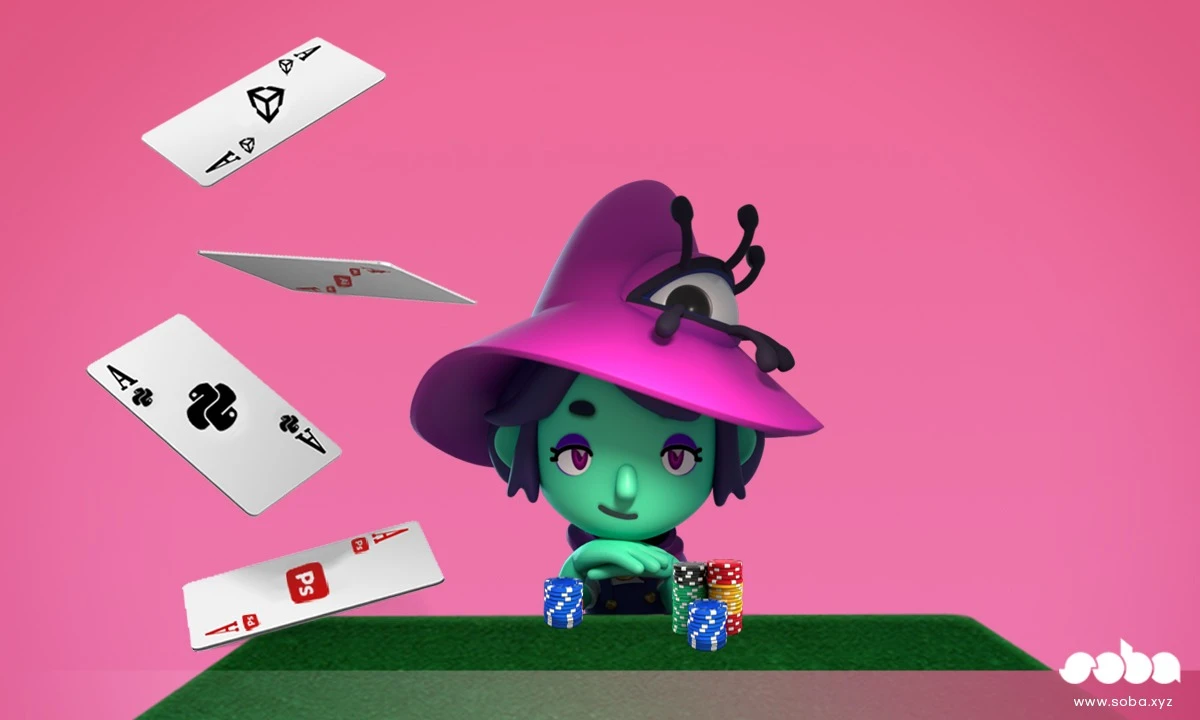
Coding isn’t required to build on Soba. But if you want to build your own game completely from scratch, you’ll need this skill in your toolbox.
As you advance as a developer, strive to learn more complex coding techniques. This allows you to create more intricate and immersive games and sets you apart from developers with less knowledge.
The more proficient you become in coding, the more freedom and creativity you have in your game designs. Take the time to learn new languages and techniques, attend coding workshops, or join online communities where you can interact and learn from other developers.
Consider collaborating and networking with other developers in the industry. You’ll get opportunities to learn from others, share ideas, and potentially work on projects together.
Going this route will also open doors to new opportunities and help you build a strong presence in the industry.
4. Creating Engaging Game Narratives
Storytelling is an ancient skill that many gamers and game creators take for granted. It becomes an oversight, which can be a huge mistake.
A Compelling narrative is a crucial element of any successful game. A well-crafted story can captivate players, making them invested in your game and its characters .
Pay attention to character development, plot twists, and world-building . Incorporate these aspects into your games to create a rich, immersive experience for your players.
Mobile Game Design Principles – What Are You Going to Do Now?
Mastering mobile game design is a journey of continuous learning and creativity. It demands understanding fundamental principles like engaging game mechanics, intuitive user interface design, and balanced difficulty levels.
Enhancing your coding skills will allow for more complex and immersive games as you progress. Never underestimate the power of a compelling narrative; storytelling is a key element that can significantly boost player engagement.
Your unique perspective as a teenager can help you create games that resonate with your generation. Use it to your advantage and start building no-code games with Soba .
